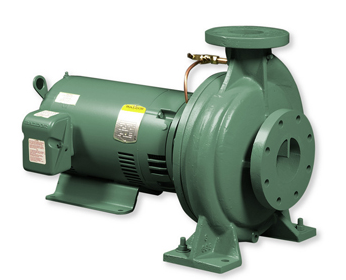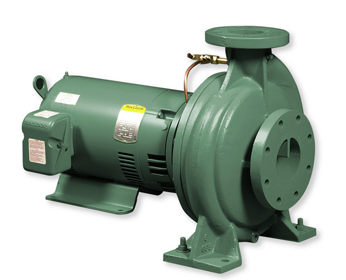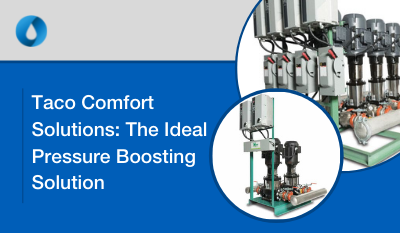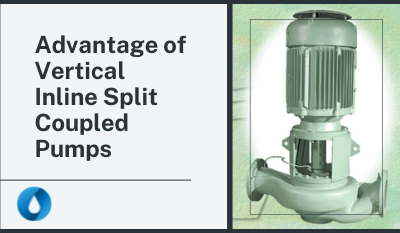C lose-coupled end suction (CCES) pumps are reliable and easy to install. Like the BMES, the CCES pump is one of the most cost effective types of centrifugal pumps to install. If it looks familiar to you, it’s because it has the same wet-end (volute) and performance curves as the BMES pump.
lose-coupled end suction (CCES) pumps are reliable and easy to install. Like the BMES, the CCES pump is one of the most cost effective types of centrifugal pumps to install. If it looks familiar to you, it’s because it has the same wet-end (volute) and performance curves as the BMES pump.
On the CCES pump, the impeller is mounted directly to the motor shaft with no separate coupling between them.
Some advantages to consider with CCES pumps:
- Direct-coupled Impeller: Because the impeller is attached directly to the motor shaft, there are no couplings to align.
- Smaller Footprint than BMES pumps: One shaft, no coupler, no pump bearing assembly, and no base means they can be fit into tighter spaces and should be less expensive to install.
- Simple Installation: No base grouting or alignment required!
- Lower NPSHr than Inline Pumps: Overall, end suction pumps typically have a lower net positive suction head (NPSH) requirement due to the suction configuration (shorter path for water to flow into the eye of the impeller than an inline configuration).
Of course, there is a trade-off. These are things to keep in mind when selecting a CCES pump:
- The motor and the impeller must be pulled from volute casing to service the mechanical seal.
- With 25hp motors and up, removing the motor and the impeller become a little bit of challenge. Muscles (or lift equipment) are required.
- For larger motors, you may also need to add a motor support. If there are space requirements to consider, this may put a kink in your plans.
Overall, close-coupled end suction pumps have many of the positive performance features of BMES pumps, but with simpler installation requirements in a smaller package. So, how do base-mounted and close coupled end suctions pumps stack up to their inline brothers? Look for more in our pump blog series!






.png)




Submit a Comment